From a recent post, Oakland incident highlights risks for absentee landlords, by Edward Hasbrouck:
Second, Airbnb’s guarantee does not cover any personal liability to third parties — only damage to the rental property and its contents.
If your Airbnb tenants’ meth lab contaminates or burns down your neighbors’ property (the other condo units in the same building, for example, or the house next door) along with your own, Airbnb will reimburse only the damage to your own home. You’re still liable in full for the damage to your neighbors’ homes. Ditto if damage to the plumbing, or firefighting in your unit, causes flooding and water and/or smoke damage to other units in the building or other nearby properties.
I’ve been a contented Airbnb “guest” several times but, like Edward, I’ve never considered becoming a “host,” for many of the same reasons he enumerates.
Remember that WKRP in Cincinnati episode where Venus explains the atom? Oliver’s grade 9 science teacher showed it to his class when they were learning about the properties of matter.
So the sitcoms of my youth have become the teaching aids of Oliver’s youth.
Nothing could make me happier.
I eagerly anticipate the creative injection of the Del’s Stereo Emporium episode into Oliver’s ethics education.
Thanks in part to the efforts of the English Language School Board, it’s now possible to receive automated alerts about winter storm school closures on Prince Edward Island, alerts that look like this:

You have to hand-stitch together some parts to make this work, but it’s not all that difficult.
The bedrock of this system is that when the school board announces a storm closure on its website, they tag it with the category “closures” (meaning that if, for some reason, they don’t do that, then this whole alert system falls apart). There’s an archive of “closures” posts on the board’s website, but it appears they remove most closure posts after the fact, so it’s not really a complete archive.
What I’ve done is to create a recipe in IFTTT (which you can use right now with a free IFTTT account) that looks for new blog posts with this tag, and if one is found it sends an urgent alert to the Pushover app running on my phone. That’s what you see in the screen shot above (what you don’t see is the screeching siren that also goes off when this happens, which is the important part as I’m generally asleep when this happens; note the 6:40 a.m. time on the alert in the screen shot).
While I’m using Pushover to receive my alerts, any of the various “…then that” services, from sending a text message to turning on the lights in your garage, could be the conclusion of this recipe.
If you find this useful, I would encourage you to send a laudatory message to the board thanking them for sending alerts to their blog, and encouraging them to continue to do so.
Garnet Rogers, introducing his song Small Victory:
There are things you do outside of yourself, that are, they’re not initially for yourself, but they end up being that way. The act of … any kind of selfless act will eventually come back to you in some sort of reward.
It is one of my favourite of his tracks, and one of my favourite songs in general.
In previous years, photos from the Premier’s New Year’s Day levee have come in the mail well into the new year. This year our photo simply showed up on the Government’s Flickr.
So here’s me, Oliver, Premier MacLauchlan and his partner Duncan on the first day of the year.
We all appear both happy and well-colour-coordinated. I note, for the record, that my tie is half red and half blue. And Oliver would want me to note for the record that he is dressed in red, blue, green and had an orange coat.
Ethan, meanwhile, is licking his lips.
The photo is covered by a Creative Commons Attribution-NonCommercial-NoDerivs 2.0 Generic license.
I’m volunteering with the City of Charlottetown to create a General Transit Feed for public transit in the city.
This is an extension of work I started 10 years ago when the city first got a public transit system; I’d hoped that, in the intervening years, the schedule information would become professionalized, but that’s never happened, and we transit riders are still, all these years later, left with a complicated set of PDF files to navigate the system.
Because I’d already started the task of representing public transit routes in OpenStreetMap, it made sense to use that as the repository for the route and stop geography, so over the past few days I’ve worked to complete the job, representing all of the city routes – the main routes 1, 2, 3 along with the Winsloe/Airport Collector and the Community Bus – on the map. You can see the result below, or, on a slippy map, on the excellent ÖPNVKarte rendering (the “Transport” layer of OpenStreetMap itself should be updated within the next 24 hours).
The job was not without its challenges; the T3 Transit maps are not very granular, and it’s likely there’s some fine-tuning needed for the more complicated bits. I’ll have to ride the QEH & East Collector bus because there actually isn’t a map of that route at all, anywhere. It’s also somewhat confounding that some of the bus routes have numbers, others have names, and some have conflicting names (the schedule is labelled “Winsloe/Airport Collector” while the buses on that route are labelled “North Collector”).
My next task is to work on the feed: I’m using Drupal for that, building out the GTFS data model in Drupal content types with hopes that it can become a more generally useful tool for maintaining such feeds for small transit operators. Once I’ve got it working, I’ll publish the results.
And once everything’s worked out, I’ll send the feed, with the City’s cooperation, to Google and others that will read it.
Meaning that, sometime this winter, you should be able to use Google Maps to navigate Charlottetown by bus.
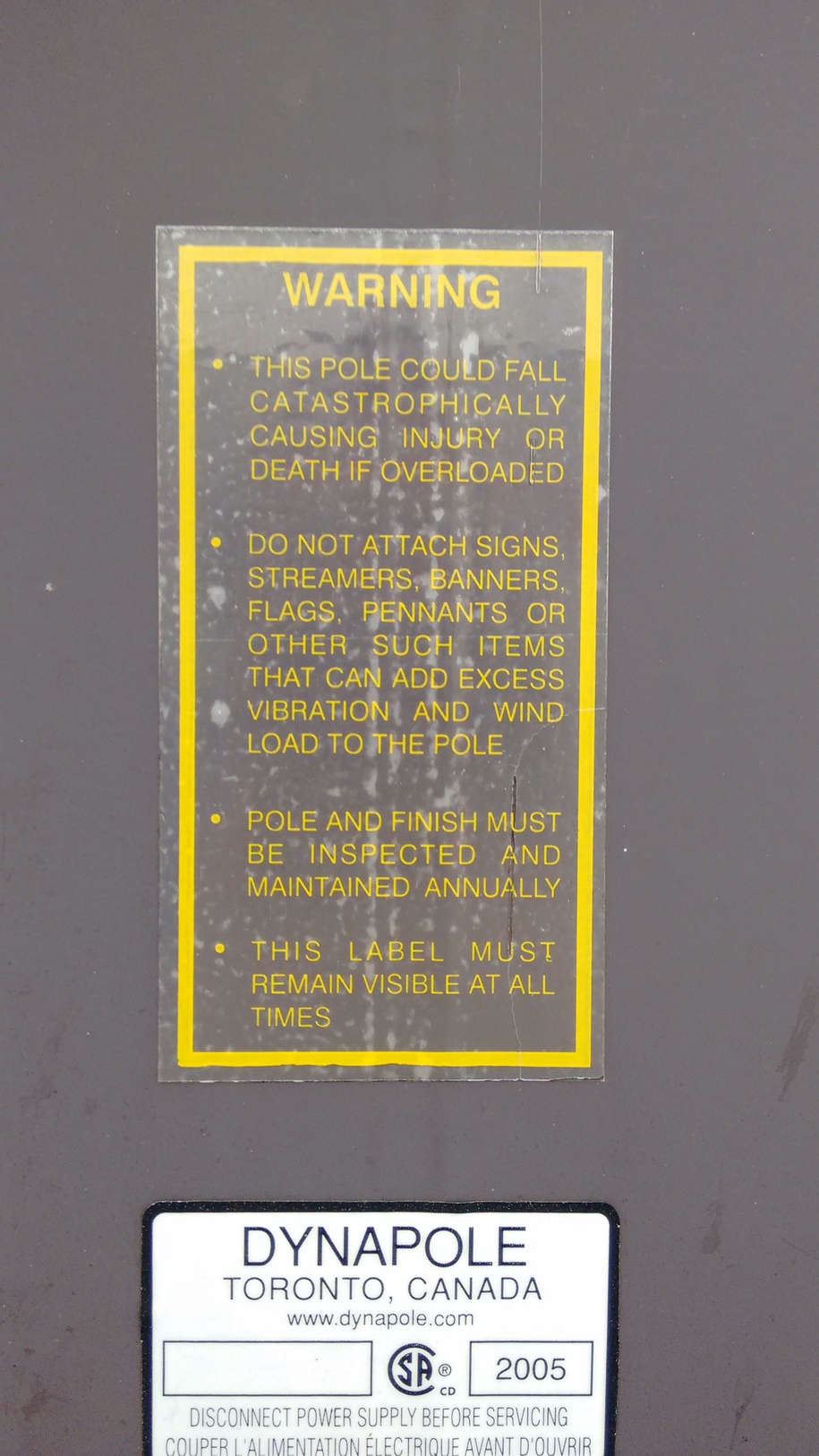

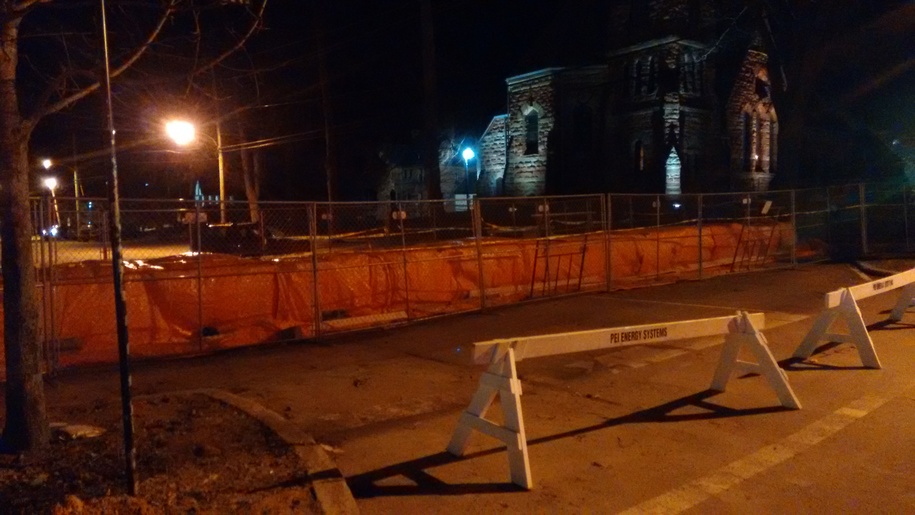
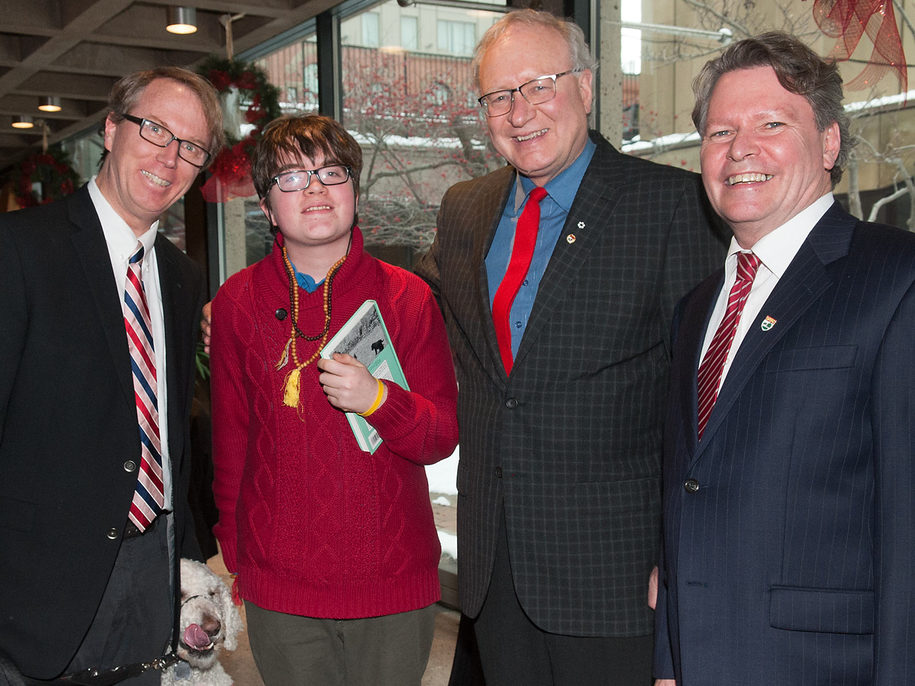
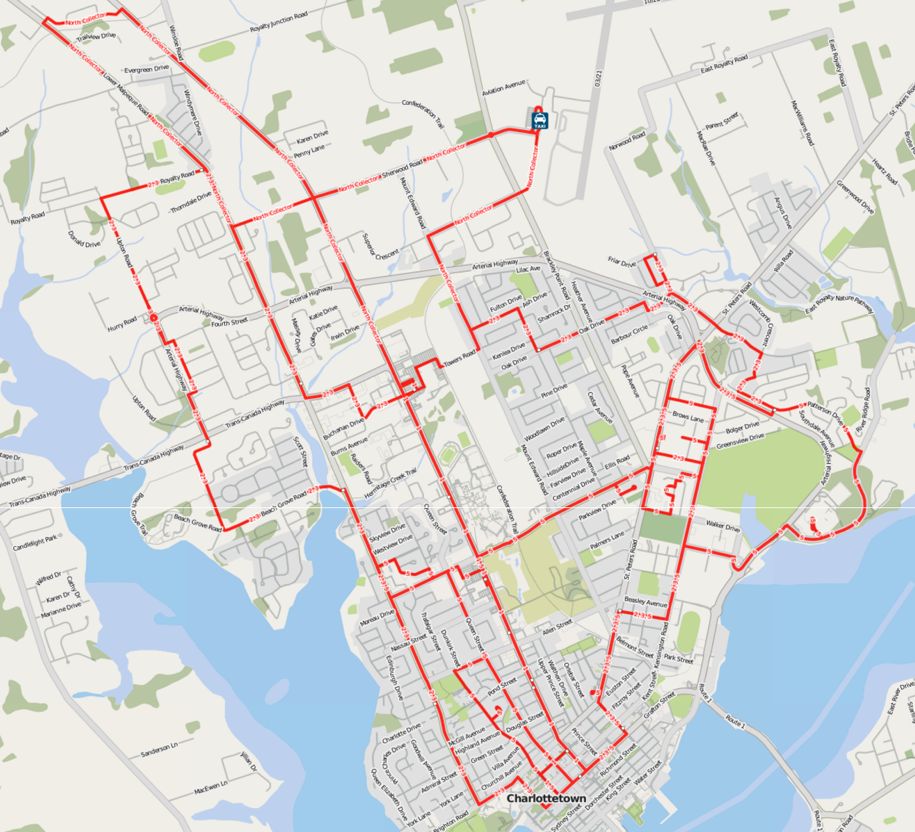
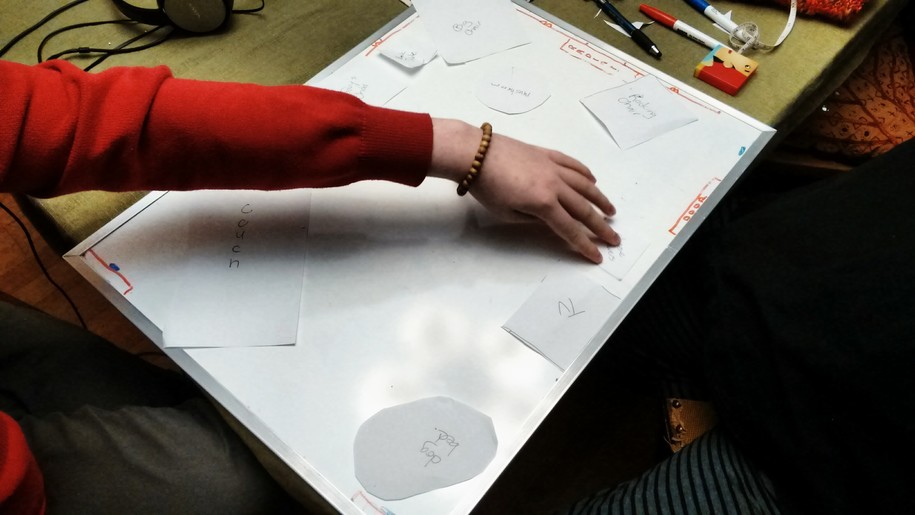
 I am
I am